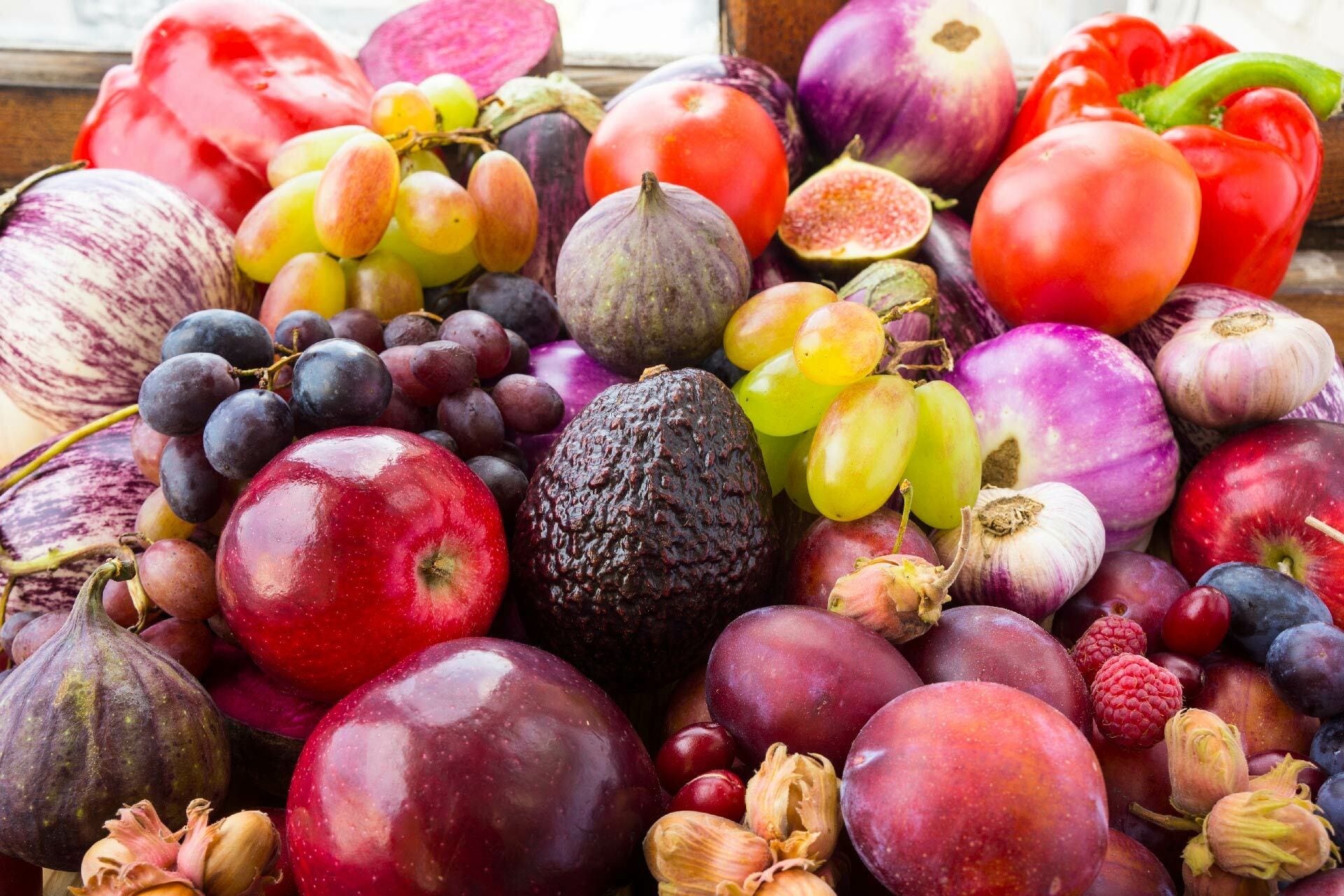
You have probably heard the word antioxidant thrown around everywhere, but have you wondered what is an antioxidant and whether antioxidants have any benefit to you?
What are antioxidants
Antioxidants are molecules. What are molecules? Molecules are atoms joined together by chemical bonds. What are atoms? Atoms are the smallest particle of a chemical element. We could go on and ask what is an element, but we would be starting to have a chemistry lessen here so I will stop there! You get the picture, there are lots of different antioxidant structures depending on what atoms are joined together to make up that molecule.1
What do antioxidants do?
The antioxidants protect other molecules in the body from a chemical process called oxidation1. I feel some more chemistry coming on. Oxidation is the loss of an electron from an atom or molecule and it can produce unstable chemicals called free radicals. Free radicals can damage molecules in our cells if their levels become too high, such as to our DNA (our genetic material) and proteins which carry out our bodily processes. Some oxidation reactions are necessary in our body, such as respiration to provide our body with fuel. You may have heard of the term, ‘oxidative stress’,2when there is an imbalance of free radicals and antioxidants in your body. Some free radicals are good and our immune system uses them to for protection, but excess free radicals have been linked to a variety of health issues, so we need to keep their numbers in balance.
Your body has it’s own antioxidant system to mop up many of these free radicals produced each day as reactions take place in your body. Antioxidants are also found in many of the foods we eat, particularly fruits, vegetables, nuts, seeds and wholegrains.
What are antioxidants good for?
As free radicals can be involved in accelerating the ageing process, inflammation of joints and increasing the risk of chronic illness - antioxidants may assist in reducing the risk of these3.
If antioxidants neutralize the excess free radicals that can cause harm, then surely we would think more antioxidants would be better for us? Not necessarily, you can have too much of a good, we need to keep things in balance, too many antioxidants may have a prooxidative4 effect and go the other way.
The best way to get a good balance of antioxidants is to eat a healthy diet, with research showing5 particularly from fruit and vegetables. The antioxidants you eat, can help keep your body reduce damage and promote repair for overall good health.
What foods are high in antioxidants?
Most of our plant foods are rich in antioxidants. There are many different antioxidants, most with big, hard to pronounce names and different foods have higher levels of different ones!
Antioxidants are often responsible for the beautiful, vibrant colours of fruits and vegetables, with darker ones generally having greater amounts. For example, the dark green and purple lettuce leaves versus light green or white leaves. To make sure you are eating a variety of antioxidants it is quite easy - choose a variety of different coloured plant foods, particularly fruits and vegetables, nuts and seeds. If you aim for the recommended two fruit and five vegetables and a handful of nuts per day you are on your way!6
Here are just a few antioxidants and the foods they are found in3. See how many different fruits and vegetables you can eat everyday.
- anthocyanins – eggplant, grapes and berries
- beta-carotene – pumpkin, mangoes, apricots, carrots, spinach and parsley
- copper – seafood, lean meat, milk and nuts
- flavonoids – tea, green tea, citrus fruits, red wine, onion and apples
- indoles – cruciferous vegetables such as broccoli, cabbage and cauliflower
- isoflavonoids – soybeans, tofu, lentils, peas and milk
- lutein – green, leafy vegetables like spinach, and corn
- lycopene – tomatoes, pink grapefruit and watermelon
- polyphenols – thyme and oregano
- selenium – seafood, offal, lean meat and whole grains
- vitamin A – liver, sweet potatoes, carrots, milk, and egg yolks
- vitamin C – oranges, blackcurrants, kiwifruit, mangoes, broccoli, spinach, capsicum and strawberries
- vitamin E – vegetable oils (such as wheatgerm oil), avocados, nuts, seeds and whole grains
- zinc – seafood, lean meat, milk and nuts
References:
- Young IS, Woodside JV Antioxidants in health and disease Journal of Clinical Pathology 2001;54:176-186.
- Rahal A, Kumar A, Singh V, et al. Oxidative stress, prooxidants, and antioxidants: the interplay. Biomed Res Int. 2014;2014:761264. doi:10.1155/2014/761264
- https://www.betterhealth.vic.gov.au/health/healthyliving/antioxidants#lp-h-3
- R A Jacob, B J Burri, Oxidative damage and defense, The American Journal of Clinical Nutrition, Volume 63, Issue 6, June 1996, Pages 985S–990S, https://doi.org/10.1093/ajcn/63.6.985
- R A Jacob, B J Burri, Oxidative damage and defense, The American Journal of Clinical Nutrition, Volume 63, Issue 6, June 1996, Pages 985S–990S, https://doi.org/10.1093/ajcn/63.6.985
- https://www.eatforhealth.gov.au/food-essentials/five-food-groups/fruit
